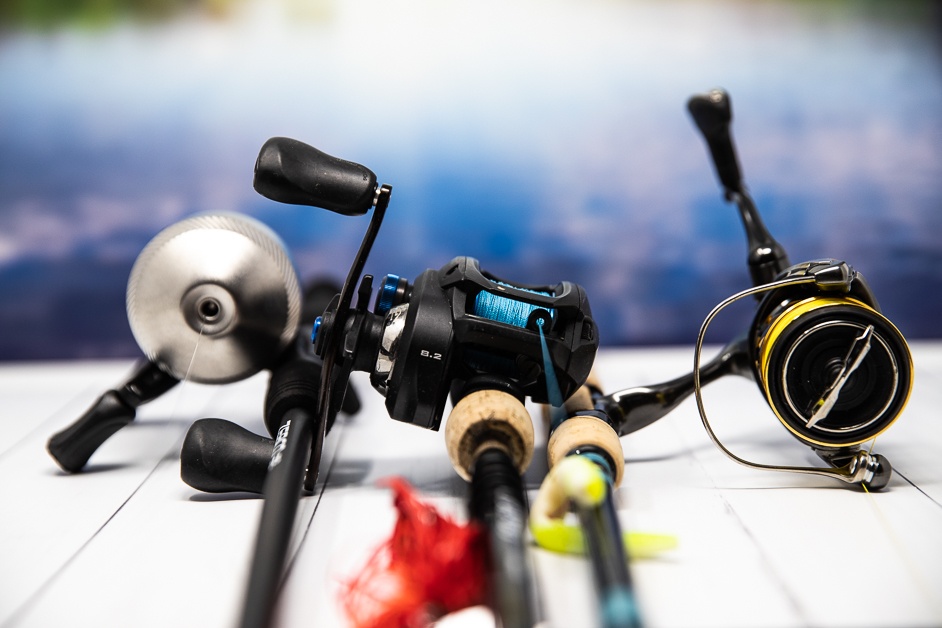
If you’re a seasoned angler, you surely know about the three primary fishing reel types. If you’re a beginner, then welcome to the club! We’re excited to share detailed information on different fishing reel types with you.
As a beginner, you may think that fishing reels merely cast a line to your desired location. While that is the primary principle, you should know that there are a few types of fishing reels out there. There are mainly three primary types of fishing reels, as well as specialized ones that are not as common.
Each performs more complex functions than merely casting lines. Hence, choosing the right one for your angling trips is not always easy.
If you get an opportunity to hear other anglers’ experiences, you’ll discover how essential it is to know the pros and cons, and functions of each reel type. This education and awareness are crucial because of the impact it has on the days when you’re out on the water.
But the learning journey and the process of identifying the ideal fishing reel for your projects are wholesome and very enriching. In this article, we will guide you through the different fishing reel types.
The Three Types of Fishing Reels
1) Baitcasting Reels
Let’s start by introducing you to the most advanced type of the three primary fishing reels: the baitcasting reels. Generally, anglers with a bit more experience know how to effectively cast this reel, considering the specific skills this reel type requires.
Most bass angling enthusiasts opt for baitcasting reels and those that fish in the saltwater too. When you’re working with a baitcasting reel, you have to mount it to the top of its rod, which will look somewhat like a minute winch.
With this reel, the spool starts rotating as you release the line. It is true when people say only experienced anglers can handle this reel because it’s more complicated than other types. However, the fact remains that baitcasting reels cover the largest distance with more accuracy. The only thing you need to watch out for is the line tangling and backlashing.
But you can master this tool when you gain firm control on feeding the line out with your thumb. If you’re prepared to pay for the high cost of this expensive reel type, then you’re sure to have some resounding success on the waters.
Once you are able to get a firm grip on this reel type with extensive practice, it won’t be too long before you get ahead of the fishing game. With a faster and more powerful retrieve, a baitcasting reel can help you catch heavier, faster, and larger fish. Even strong fighters won’t be able to escape this powerful reel for long.
Pros and Cons
One cannot argue that baitcasting reels are among the most powerful of all. You can expect them to handle heavy lines like a pro while emitting tremendous pulling powers. If you’re on the hunt for larger fish, you will do great with a baitcasting reel in your arsenal. With this one, you can also feel the line as you’re letting it out, so it is easier to judge just when you need to stop.
Furthermore, customization is another great feature of baitcasting reels. This reel can do anything, from giving you drop shots for your bass to extracting bottom fish from heavy corners.
Nevertheless, you may have to struggle a bit here. The baitcaster is trickier because of the different weights it uses for the lures. For the spool tension of these, you have to arrange a different setting and the braking system. Changing the settings each time you change the lure is quite a hassle, and not to mention complicated.
Another drawback for many anglers may be the price of baitcasting reels. These can cost you anywhere between $100 and $500, depending on the quality you’re seeking for your setup. There is no doubting that this reel type is the most expensive, but you can rest assured that its performance makes up for the exorbitant price.
Sure, once you get used to the mechanisms, you’d find these quite competent, but as a beginner, it’d be wise to practice on something simpler first.
Check out our list of the best baitcastin reels for all budgets here!
2) Spinning Reels
Spinning reels are the second of the primary fishing reel types and is comparatively easier to use. Featuring an open-faced design, the bail and rotor of a spinning reel rotate around the fixed spool. As you’re cranking the reel, you will find the spool oscillating back and forth.
You do not have to follow a complicated casting procedure. In fact, this one promises a straightforward process, in which you mount the spinning reel on a rod’s underside. You can pick the line in front of the reel using just one finger and then press it to your rod’s handle, and the bail opens. Once you have cast, you can close the bail by cranking the reel handle.
You will surely find this reel type easier to use, but you must also beware of the line twists. Line twisting is quite a common occurrence with spinning reels. This is why it is crucial to learn the skill of putting the line on your spinning reel just as you’re beginning your angling journey with this reel.
This reel is more popular because beginners can use it easily. Also, it offers quick casting and more accuracy. Its biggest benefit is the ability to cast lighter lures. In fact, your tackle box can cast even lighter lures if you pair a whip-like, short spinning reel with an ultralight spinning reel.
Now, you may think that spinning reels are the best for lighter fishing projects, and while that is true, spinning reels can do a great job of catching big fish and handling bigger baits too. So if you’re looking for options in the saltwater fishing reel types, then you’d find this reel quite a popular option.
Furthermore, you can find larger options in the spinning reel category, too, and they’re quite competent at handling offshore fishing and surf fishing for huge saltwater species.
Pros and Cons
You can definitely trust this fishing reel for a variety of your angling projects. This fishing equipment is highly reliable and performs well with both smaller baits and lures too. You can fish a variety of habitats and species with this reel, experiencing optimal pulling power and powerful yet thin braided lines.
The casting distances with this reel type are quite satisfactory, too, we believe. No angler would be able to argue against the functionality and services of spinning reels, priced between $50 and $150. The cons of this reel, though as the nasty tangles and line twists that can occur the moment you lose focus slightly. Also, if a lighter gear is not what you fancy, then this reel might not please you too much.
You must also note that the performance of spinning reels starts to decline significantly the moment you load spinners and heavier lures onto the lines. All in all, while most anglers may consider this piece a golden middle, the drawbacks can sour some great days on the water for you.
Check out our list for the best spinning reel for all budgets here!
3) Spincast Reels
You will find a closed face design in this reel type, and the nose cone holds all the essential components of the reel inside it. The cover gives way to a hole through which you can feed your fishing line. You can cast forward with this reel while pressing a button situated right at the back of it.
The most experienced anglers over the world describe this as the simplest reel of all. The spin cast fishing reel is also the cheapest of the rest and quite straightforward to operate. The simple, closed-face holds a fishing line inside that wounds around the spool.
When you’re holding the button down, your fishing line stays put, and once you release the button, your fishing line starts hurling off the reel as the bait chases your target. Generally, fishermen favor this reel the most because it does not require technical, complex, or extraordinary skills. They can catch fish quite easily, even if they’re new to the sport.
However, the simplistic design of the spincast reel does not come without limitations. You will undoubtedly find a lot of resistance when you attempt to release the line off the spool. The spincast reel is unable to hold a lot of lines, too, and as a result of all this, most of your casting will be inaccurate.
At most, the only functions you can expect best with the spincast reels are trying to drown worms under a bobbler. This will help you fill a cooler with panfish, but that’s about the maximum potential of spincast reels.
For more extensive fishing projects, you’d fare better with the other, more advanced reel types.
Pros and Cons
The prominent advantages of the spincast fishing reels are their simplistic operation and the rare occurrence of line tangles. For those who wish to start off on a low budget, the spincast reels make a befitting choice because you can manage to find them for as cheap as $20.
But now for the downsides. As simple as it is to work this reel type, the closed-face design does not appeal much when debris and water collect inside the reel. This damages the reel soon enough. Also, the low price often means a huge compromise on quality, as is usually evident in the low quality of the spincasters.
In most cases, this reel type barely lasts for two seasons before an angler has to purchase a new reel. However, perhaps the biggest drawback for most angling enthusiasts is the limited casting range of these reels. They lack the precision and accuracy that other reel types offer.
Why the Different Types of Fishing Reels
The reason why different types of fishing reels exist is because of the techniques that require specific skill sets and features. You see, some reels perform better in casting very light lures because they have a unique design for them. This also helps improve an angler’s ability to tackle strong fish, and the reels stand their ground with brute force.
Then we also must consider the size range when we’re talking about the reel varieties. Every fishing scenario requires a particular reel size, which is often even more crucial than the reel type. There is a very straightforward rule behind this theory: the larger your bait or lure is, the larger your reel must be when angling.
However, when you’re fishing for the smaller species and casting smaller lures, then you need to work with a smaller reel for those. Keeping this rule in mind, the example of fishermen seems apt here. When they’re out on the waters, the choice narrows down to two types for them; the spinning reel and the baitcasting reel. Since both reel types can work for most fishing projects, the reel size in these makes the deciding factor.
The Right Reel Type for You
A basic understanding of the reel types help you gain insight into which one would be the right choice for you. Because they’re different fishing reel types, you need to consider the level of angling you’re aiming for, your budget restrictions, and the specific functions you’re looking at, ‘
To start angling, the spincasting reel is generally the best choice because the simplistic design helps you practice your grip. It is not only simple to operate for first-time anglers but also features very little line tangling and backlashing; hence you do not have to worry about these challenges.
Once you progress to the intermediary level of the sport, we recommend switching to a spinning reel because of more advanced features. The higher specs are better suited for this angling level, and you will be able to cover larger distances with it.
Spinning reels also have better accuracy, and once you have mastered using the spincasting reel, your experience should be enough to help you handle the spinning reel easily. Then comes the baitcasting reel, and as we have stressed before, too, this reel type is the best for experienced anglers.
The baitcasting reel has more finesse, more capacity, and more of everything. You can hold heavier lines quite easily with this reel type, enjoy more pulling power, and capture faster-swimming and heavier fish like a pro with this piece.
We do repeat that mastering your grip on the baitcasting reel does require time initially, but once you’ve practiced enough, you’ll tackle even the strongest-fighting fish smoothly with this reel. A baitcasting reel is undoubtedly the best equipment for taking your fishing skills to the next level.
Final Thoughts
The three primary fishing reel types are baitcasting, spincasting and spinning reels. Apart from these, the lesser common ones include fly reels, trolling reels and some other specialized one but only certain types of anglers use these.
Each primary reel type has its specific features and functions and the right one depends on your level of expertise in the angling sport. However, regardless of the level of experience of a person, there is a fishing reel for everyone.
The only point of consideration is to find a reel that aligns perfectly with your rod and makes you feel comfortable when you are holding and casting with it. Apart from that, no matter what reel type you’re working with, you will surely have a thrilling fishing experience each time.

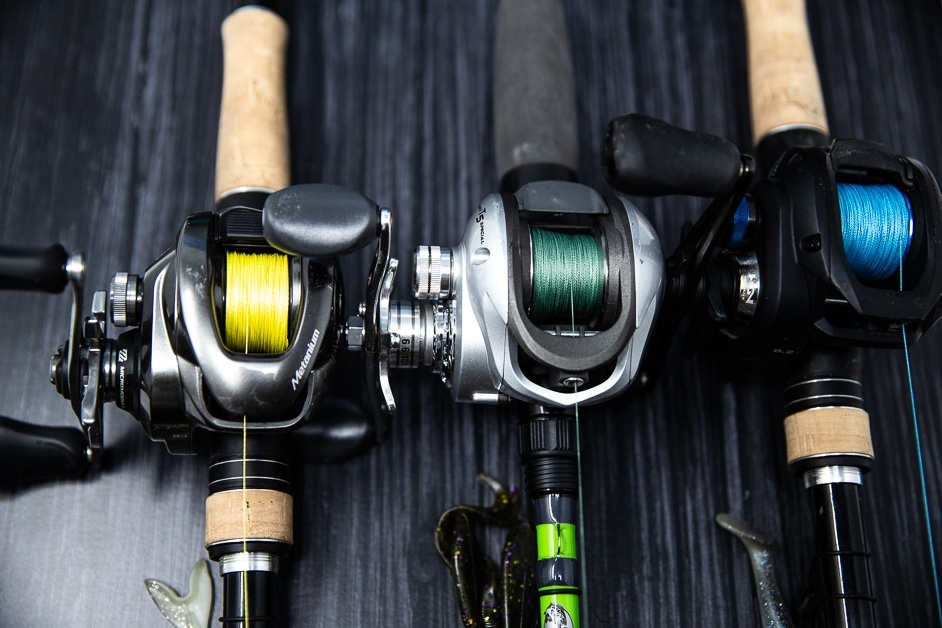

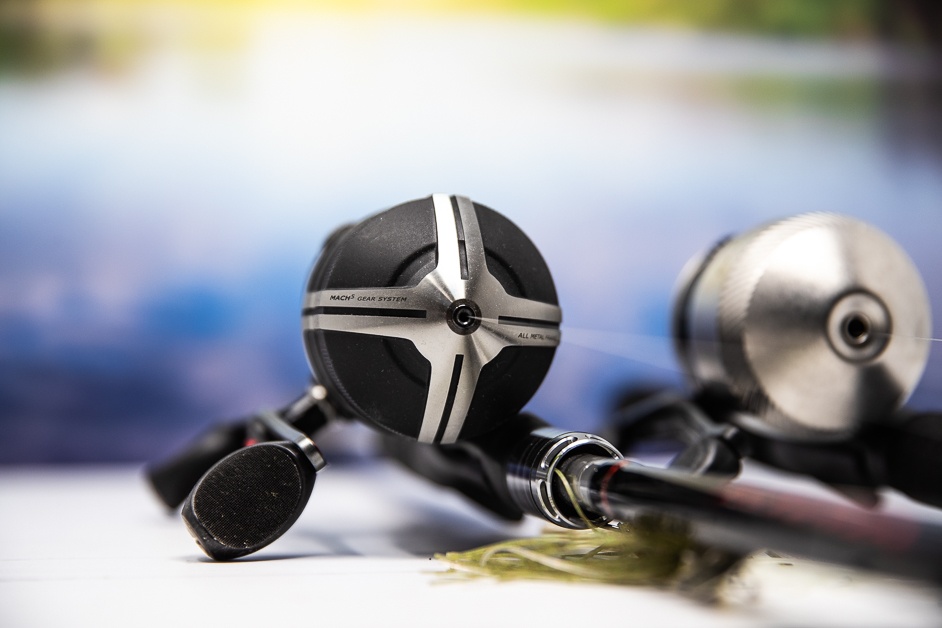


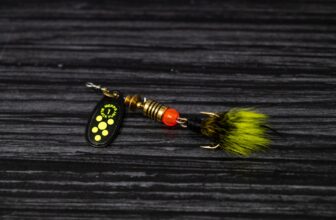
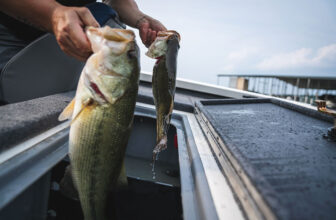
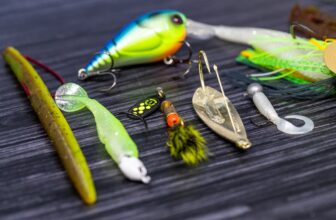
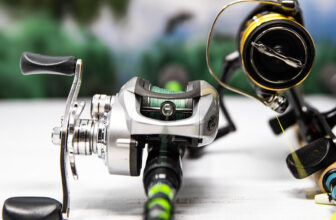
[…] pleasure. Sportfishing entails the use of fishing rods, hooks, and reels. You will need to know the fishing reel types that are safe to keep the fish alive and minimally […]